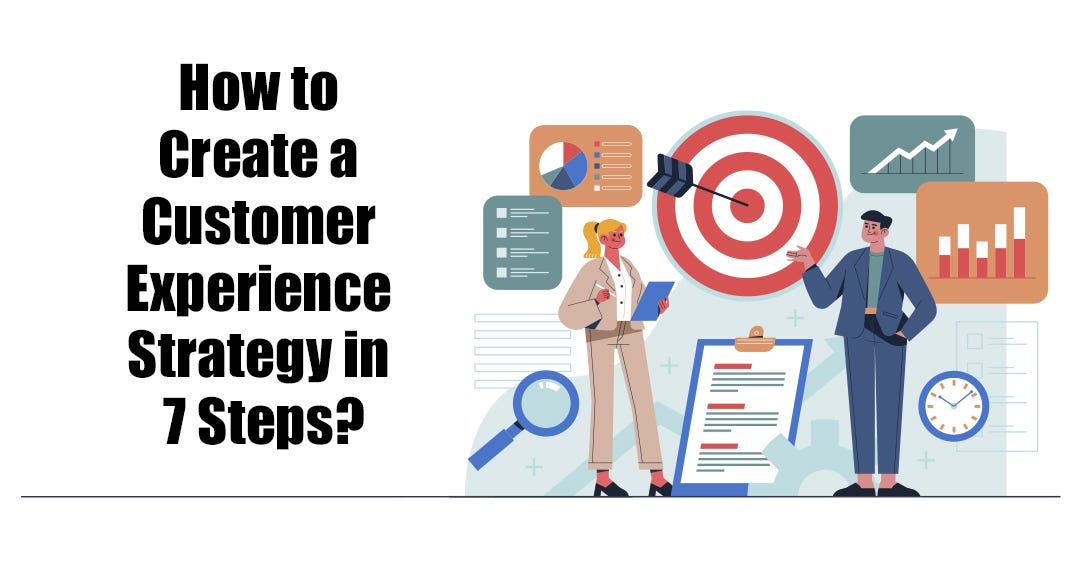CFM: The Key to Building a Winning Customer Experience Strategy
Customer feedback management (CFM) is an important step in creating a winning customer experience (CX) strategy. Although contact center tools and analytics offer a picture of individual CX metrics such as average handling time or team-level performance, often they are too limited to fully comprehend your customers. To keep pace with today’s competitive marketplace, companies have to move beyond vanity metrics and get into the customer’s voice of the customer (VoC).
Studies have highlighted that 93% of customers are far more likely to buy again from a firm that provides exemplary service. The only way to ensure you’re meeting and exceeding expectations is by collecting, analyzing, and acting on customer feedback. This approach strengthens relationships with your audience, builds loyalty, and drives sustainable growth.
What is customer feedback management?
Customer Feedback Management (CFM) is the process of gathering unprocessed customer feedback from a variety of different sources and transforming it into useful insights that can be acted upon. It allows companies to apply a customer-centered growth strategy based on customer feedback to better develop products, services, and experiences.
A structured CFM strategy typically follows the A.C.A.F loop, which includes:
- Ask: Solicit feedback about your products or services.
- Categorize: Organize feedback into relevant segments aligned with business goals.
- Act: Implement changes and improvements based on insights.
- Follow-up: Inform customers that their input has been acknowledged and acted upon.
At every stage, leveraging customer feedback tools ensures efficient data collection, analysis, and action, allowing businesses to effectively manage and measure customer service performance metrics.
Why is customer feedback important?
1. Measures customer satisfaction
Listening to the VoC provides a direct gauge of customer satisfaction. Customers appreciate being heard, and their feedback offers a clear window into what they like, dislike, and expect. By acting on this input, businesses can:
- Enhance customer success.
- Tailor operations to better meet customer needs.
- Improve products to align with market demands.
Satisfied customers not only remain loyal but also serve as brand advocates, helping you grow your customer base organically. Research shows that 86% of consumers are willing to pay more for a better customer experience.
2. Identifies product and service flaws
Customer feedback helps businesses identify gaps and weaknesses in their offerings. By addressing these issues, companies can:
- Enhance product functionality and user experience.
- Strengthen customer relationships by demonstrating responsiveness.
- Maintain a continuous improvement loop to stay ahead of competitors.
Closing the feedback loop—collecting insights, implementing changes, and communicating updates—demonstrates your commitment to customer-centricity.
3. Drives brand advocacy
Happy customers share positive experiences, while dissatisfied ones can damage your reputation. According to studies, only 1 in 26 customers will report a negative experience—the rest simply leave. Prioritizing customer feedback prevents churn and fosters brand advocacy, a powerful driver of organic growth.
Tip: Using a tool for customer feedback management to collect and prioritize input ensures efficient management of reviews, enabling businesses to:
- Earn referrals.
- Build trust through transparency.
- Gain free advertising through word-of-mouth.
4. Enhances customer loyalty
Feedback mechanisms empower customers, showing that their opinions matter. Addressing feedback promptly improves satisfaction and minimizes churn. 90% of customers read online reviews before engaging with a business, making loyalty a key factor in positive reviews and recommendations.
5. Reduces churn and boosts retention
Dissatisfied customers often leave after a single negative experience. Resolving issues raised through feedback not only retains existing customers but also ensures future prospects have positive interactions.
6. Informs business decisions
Customer feedback provides valuable data for making informed decisions. By understanding customer preferences, businesses can:
- Prioritize resources effectively.
- Segment audiences based on satisfaction levels.
- Optimize marketing and sales efforts.
How to develop a solid customer feedback strategy in 6 steps
1. Define feedback goals
Set clear objectives for collecting feedback, such as assessing customer support effectiveness or evaluating new product features. Align your goals with measurable outcomes to track progress within a continuous feedback loop.
2. Collect feedback
Use diverse methods to gather feedback, including:
- Surveys: Conduct short-term satisfaction (CSAT) or Net Promoter Score (NPS) surveys.
- Feedback widgets: Place unobtrusive widgets on key pages to capture user sentiment.
- Social media monitoring: Analyze brand mentions and comments for unsolicited feedback.
- A/B testing: Evaluate customer preferences through split testing.
Ensure feedback collection is tailored to your audience’s preferences and touchpoints.
3. Analyze feedback
Organize and interpret data to uncover patterns and actionable insights. Use tools like dynamic dashboards and analytics platforms to:
- Categorize feedback by type and urgency.
- Visualize trends in customer sentiment.
- Create detailed reports to guide decision-making.
4. Share feedback across teams
Disseminate insights to all relevant departments to foster collaboration. Use tools like Slack integrations and highlights dashboards to:
- Prioritize urgent issues.
- Align cross-functional teams around customer-focused goals.
5. Act on insights
Prioritize actions that address pressing customer needs and enhance their experience. For example:
- Fix bugs or issues that disrupt usability.
- Update your product roadmap to reflect customer-driven priorities.
- Regularly review and manage your backlog to stay aligned with evolving goals.
6. Follow up with customers
Close the feedback loop by communicating updates to customers. Post-purchase follow-ups, surveys, and direct responses show customers their opinions matter and reinforce trust.
Conclusion
Good customer feedback management is the base of a profitable CX strategy. When businesses listen to the voice of the customer, they can discover useful information, rectify shortcomings, and create great experiences that foster customer loyalty and business growth. When a well-thought-out feedback mechanism is carried out with the appropriate tools, your organization is well-positioned to be a reactive, customer-focused, and competitive business in ever-changing marketplaces.







